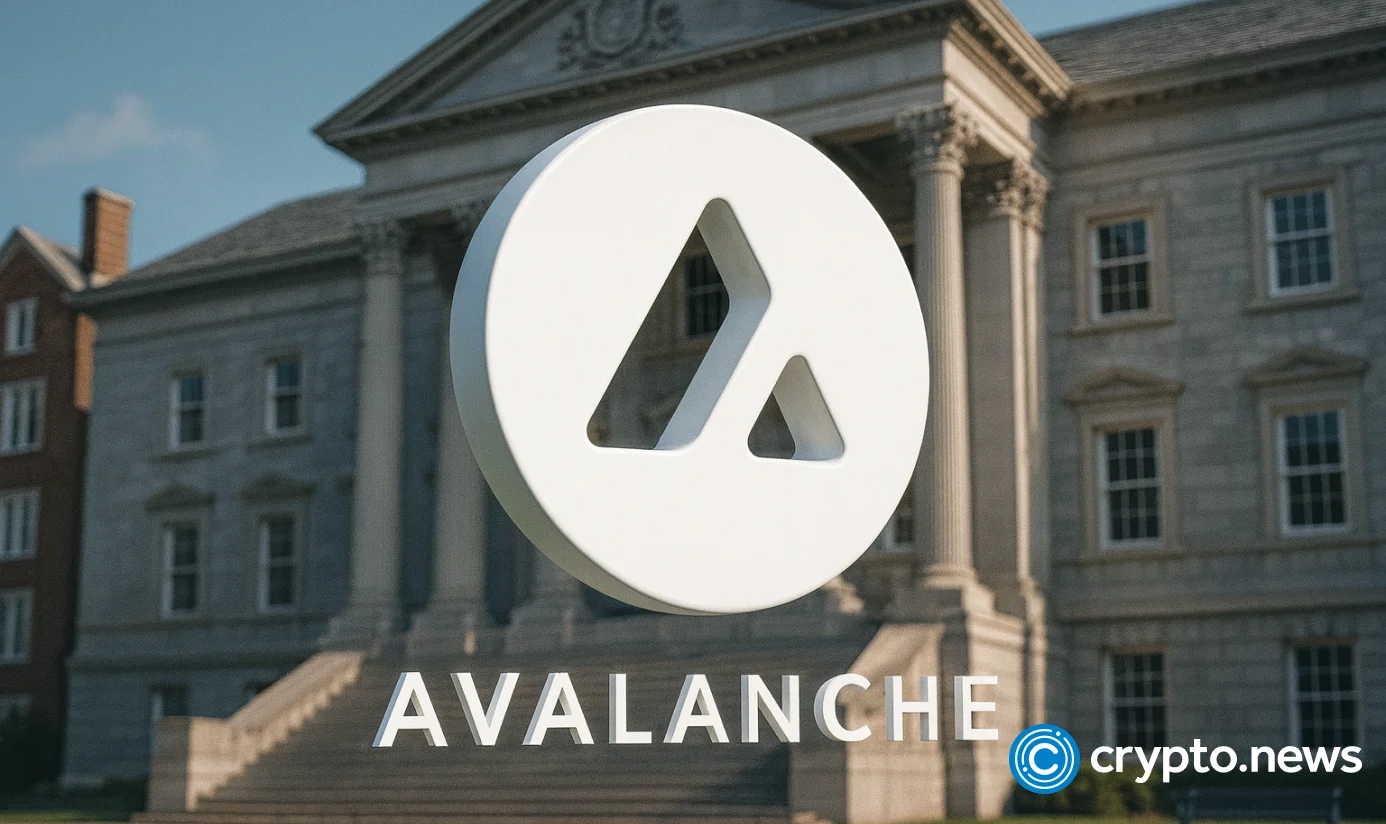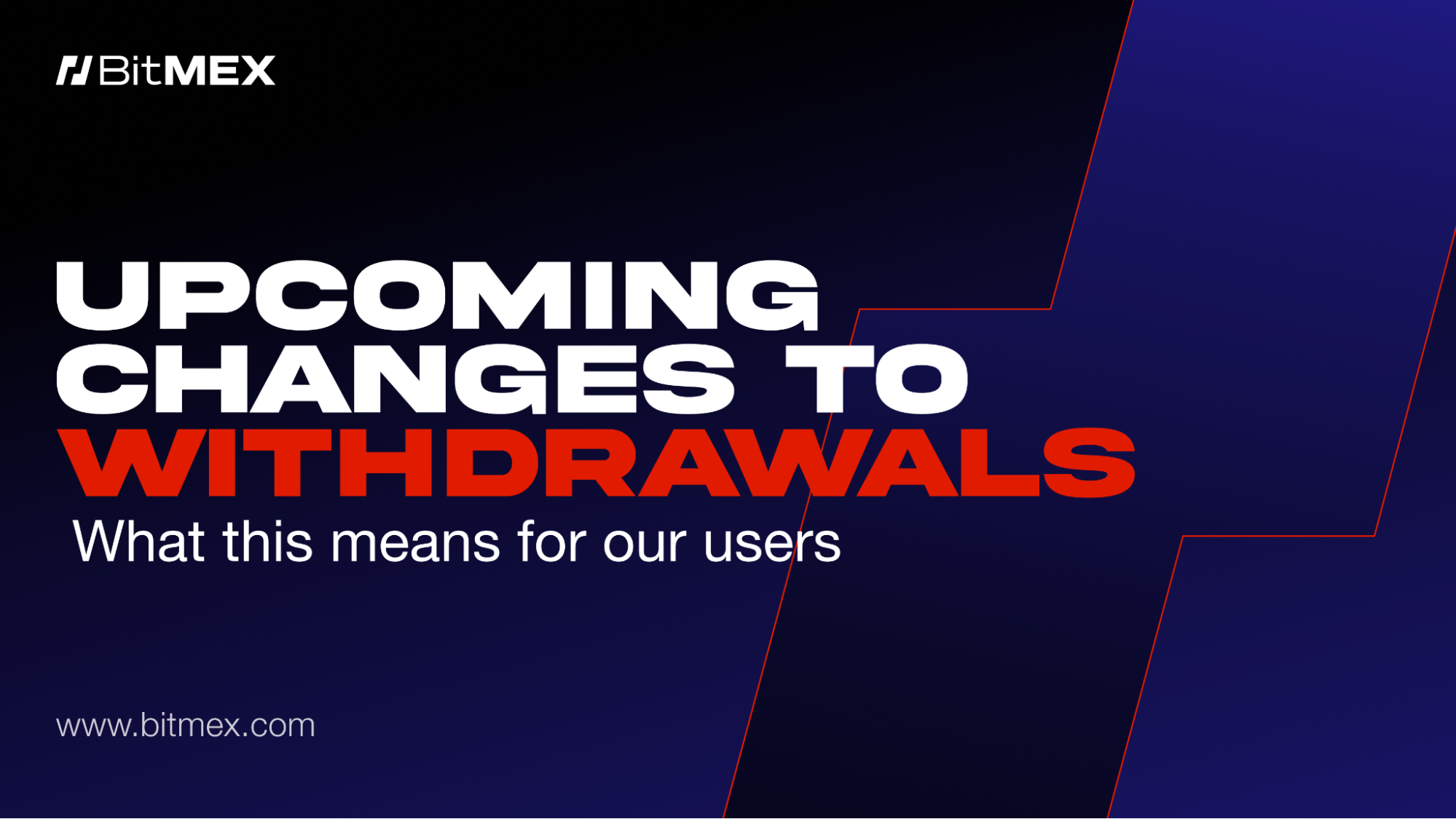For decades, wholesale dollar settlement has meant waiting for Fedwire to open, and JPMorgan just stopped waiting.
The bank converted its permissioned “JPM Coin” system into JPMD, a deposit token backed by insured balances at JPMorgan, and placed it on Coinbase’s Ethereum layer-2 (L2) Base.
Pilot transactions with B2C2, Coinbase, and Mastercard are already live. The timing isn’t accidental, as JPMorgan is betting that corporate treasurers and trading desks will pay for programmable, round-the-clock liquidity before the Federal Reserve decides whether to extend Fedwire hours.
This isn’t DeFi experimentation, but a regulated bank money running on public rails with smart contract hooks instead.
JPMD represents actual deposit liabilities at a systemically important bank, subject to FDIC insurance and bank supervision. However, the ledger now resides on an Ethereum rollup, rather than JPMorgan’s internal database.
The bank frames this as commercial-bank money going programmable: instant, composable, and available when markets don’t sleep.
The 24/7 claim and its boundaries
Between two JPMorgan clients using JPMD, settlement runs 24/7. Transfers finalize on Base within seconds because the token move and JPMorgan’s internal ledger update simultaneously.
Executives are pitching “seconds” and “always-on” settlement, and within the network, they can deliver it.
The current constraint is interoperability. True interbank settlement still requires either a counterparty bank issuing a compatible token or a fallback to legacy infrastructure.
If a counterparty banks elsewhere, JPMD stops being instant money and becomes a claim that needs to be converted through RTP or FedNow for retail-sized flows, or through Fedwire when it reopens for wholesale reserve transfers.
This is a full-time settlement within JPMorgan’s perimeter, not a universal 24/7 settlement across US banks.
The Federal Reserve has proposed expanding Fedwire to 22/7/365 operation, but that remains a proposal. Meanwhile, JPMD delivers the experience today, within a single institution’s boundary.
What Base gains, what Ethereum absorbs
These are permissioned balances riding a public rollup.
Base provides cheap blockspace and native smart contract functionality, while JPMorgan controls who can hold or interact with JPMD through allowlists and contract-level access logic.
The immediate on-chain footprint will be modest relative to retail DeFi volumes, but the symbolic weight is considerable: regulated bank money now transacts on an Ethereum L2.
That means ETH-secured infrastructure carries bank-grade flows, and compliance-gated applications can plug into the same execution environment as permissionless protocols.
Coinbase has been positioning Base for this moment, as “institutions onchain” was the pitch from launch.
Now, a major bank is validating that thesis by choosing Base over private or consortium chains. For Ethereum, this introduces a new class of economic activity to L2 security demand, even if those flows never interact with open DeFi markets.
For Base, it’s proof of product-market fit in the institutional segment and a moat against competing L2s that lack comparable regulatory relationships or custody integration.
Deposit tokens and stablecoins
Deposit tokens are claims on a specific bank, not on a non-bank issuer’s reserve portfolio. That structural difference matters, as JPMD can be interest-bearing sitting inside the banking perimeter, and appeals to treasurers who face internal or regulatory restrictions on holding stablecoins.
However, deposit tokens aren’t universally cash-like across institutions yet, as their value proposition weakens the moment a counterparty isn’t with the same issuer.
Expect coexistence rather than displacement. USDC remains the open, composable dollar for permissionless venues and cross-border flows where bank relationships don’t exist or don’t scale.
JPMD is a gated rail for large, KYC’d transactions and on-exchange collateral management, which Coinbase can integrate natively.
Skeptics already argue that deposit tokens aren’t a payment breakthrough until multi-bank interoperability arrives. Until then, they’re walled gardens with smart contract features.
The move allows JPMorgan to bypass “banking hours” constraints without waiting for the Federal Reserve to extend Fedwire or for industry-wide adoption of RTP and FedNow at a wholesale scale.
After-hours liquidity shuffles between JPMorgan clients become trivial, as corporate treasurers can move millions at 2 a.m. on Sunday if they need to. This creates competitive pressure on banks that are still bound to batch settlement windows and business-day cutoffs.
The change also creates strategic tension. The Fed’s proposed Fedwire expansion would deliver always-on wholesale settlement across the banking system, but JPMorgan is offering a version of that future today within its own walls.
If other large banks follow with their own deposit tokens, the industry could fragment into competing networks unless standards converge.
If they don’t follow, JPMorgan gains a liquidity and service advantage that becomes self-reinforcing as clients consolidate their activity with the bank, which can move money at any time.
Multi-bank networks are the unlock
The endgame depends on interoperability. If other systemically important banks issue compatible tokens, or if initiatives like the Regulated Liability Network in the US and UK tokenized deposit pilots converge on shared standards, then “24/7 bank money” stops being a single-bank capability and starts to resemble a new, programmable clearing layer.
That’s when deposit tokens become infrastructure, not just a product.
In the near term, how JPMD is utilized on Coinbase venues and in custody workflows will be closely observed. Settlement, collateral management, and corporate treasury sweeps are the first obvious applications.
If volumes grow and other banks join, the competitive dynamics shift: Base becomes a shared settlement venue for institutional dollar flows, and Ethereum L2s become the default execution layer for programmable bank money.
If they don’t join, JPMorgan has built a faster pipeline for its own clients, and a reminder that the Fed no longer controls the calendar for wholesale settlement.
Mentioned in this article


















 English (US) ·
English (US) ·